Why should Olympus venture into full frame in 2019 (by sneye)
 [/shoplink]
[/shoplink]Image on top. The “Full Frame” [shoplink 28222 ebay]OM-1 film camera[/shoplink].
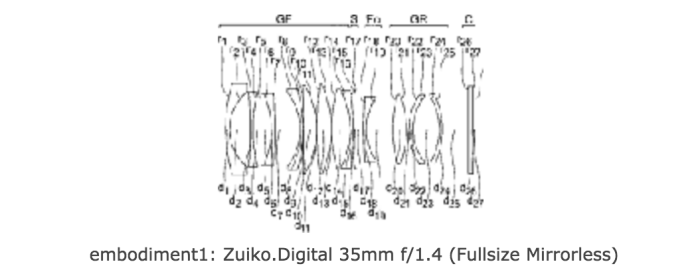
 [/shoplink]
[/shoplink]
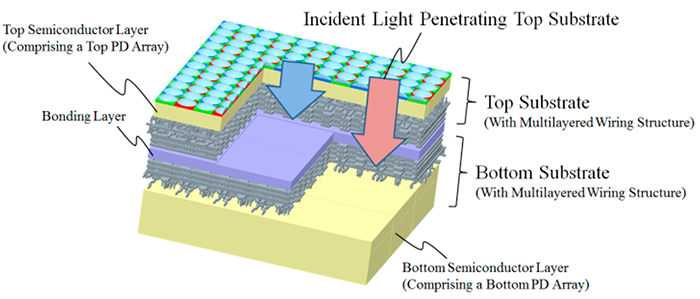
A new Olympus paper discloses the details about the “Multiband Imaging CMOS Image Sensor with Multi-Storied Photodiode Structure“:
“We developed a multiband imaging CMOS image sensor (CIS) with a multi-storied photodiode structure, which comprises two photodiode (PD) arrays that capture two different images, visible red, green, and blue (RGB) and near infrared (NIR) images at the same time. The sensor enables us to capture a wide variety of multiband images which is not limited to conventional visible RGB images taken with a Bayer filter or to invisible NIR images. Its wiring layers between two PD arrays can have an optically optimized effect by modifying its material and thickness on the bottom PD array. The incident light angle on the bottom PD depends on the thickness and structure of the wiring and bonding layer, and the structure can act as an optical filter. Its wide-range sensitivity and optimized optical filtering structure enable us to create the images of specific bands of light waves in addition to visible RGB images without designated pixels for IR among same pixel arrays without additional optical components. Our sensor will push the envelope of capturing a wide variety of multiband images.”
As usual with those papers…we don’t know if such tech will be used on future Olympus cameras. but it shows Olympus is working to develop their own sensor tech.
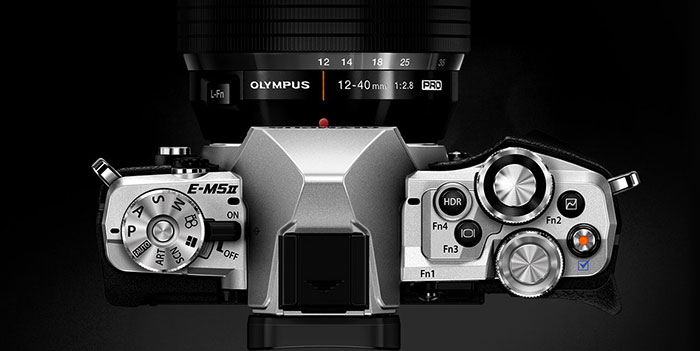
The next OMD camera announced by Olympus is likely to be the new E-M5III. I don’t think it’s coming soon as I heard Olympus did slow down the release cycle of ALL their cameras. CameraJabber speculated what specs the new E-M5III could have:
20.4MP sensor
Improved IS
High Res Shooting mode
Improved AF
4K video 30fps
1080p at 120fps
Change position of ports
Dual SD card slots
Built in ND filter
Log gamma curve for flat recording
Built in audio high pass filters
Audio monitoring without adding the grip
Programmable focus shift
Focus Peaking colour options
Ability to adjust Continuous AF speed in video
I hope the real camera specs are close to these listed by CJ!
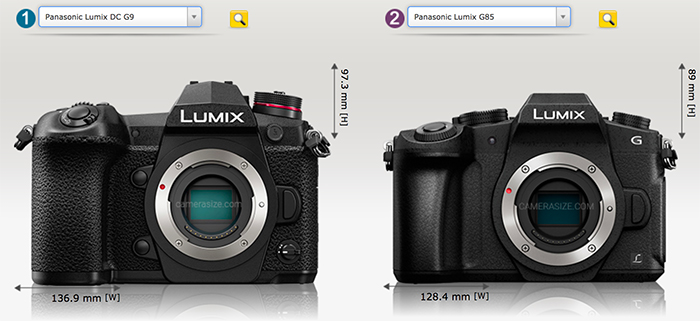
G9 vs the older G85 via CameraSize
A sources just told me this:
“Regarding the G9. It was originally going to be called the GH Pro. The basic G series is dead, or was supposed to be dead like the GM line sadly.”
If this rumor turns out to be true well, no more $1,000 G cameras for the masses :(
Panasonic links:
Panasonic G9 at BHphoto. Amazon. Adorama. FocusCamera. Wex UK.
Leica 200mm lens at BHphoto. Amazon. Adorama. FocusCamera. Amazon DE. Amazon UK. Amazon IT.
Join our Panasonic G9 Facebook group.
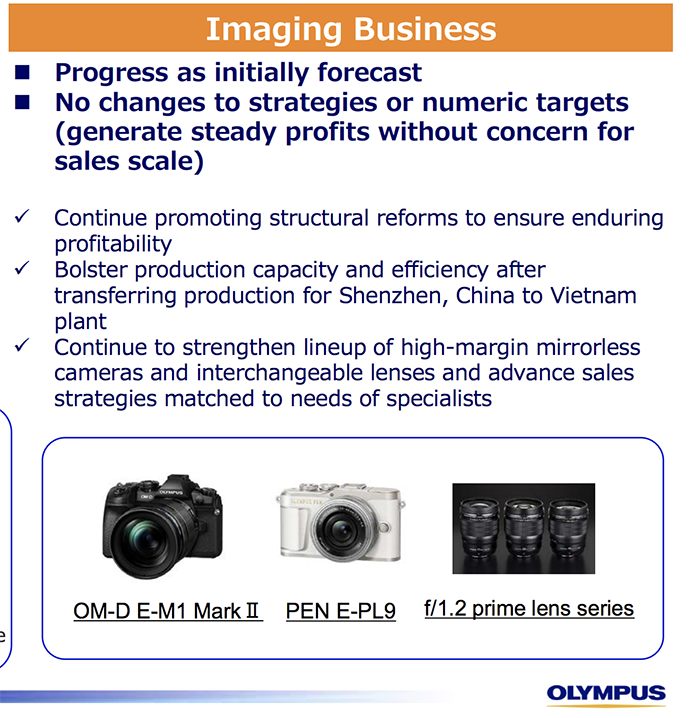
Olympus released the 2018 year fiscal results and the medical business helped them to achieve a revenue (+6%) and gross profit (+7%) increase. The imaging business had a loss of 4% but this is due a one time event:
Operating loss posted due to expenses incurred in relation to the ceased operation of a Chinese manufacturing subsidiary (operating profit of ¥0.3 billion was recorded when excluding these expenses)
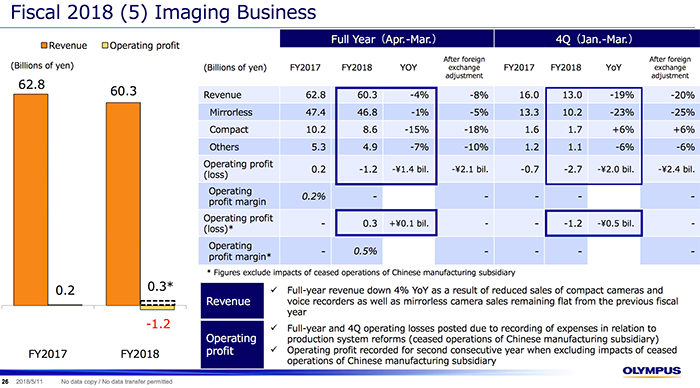
This is their forecast for the next year:
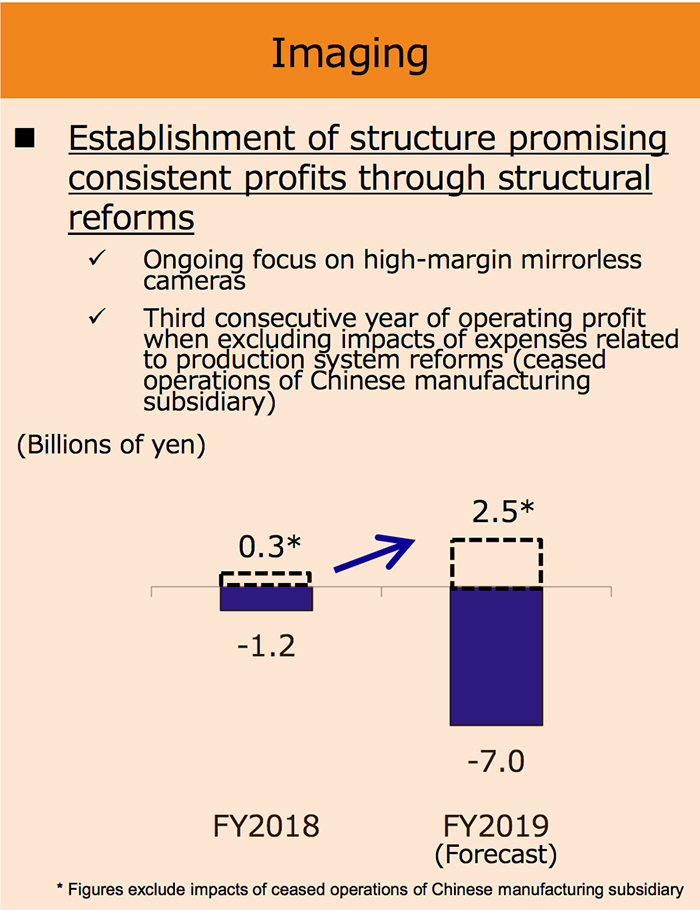
Two reliable sources told us that Olympus plans a major OMD camera announcement in early 2019. And they told us this camera will outperform the current E-M1II. No clue yet if that’s going to be a new E-M5III or something else.
This is a guest post from Matt Donovan and was first posted on itsworthashot.com.
–
A Landscape Photographer’s Review of the Olympus OM-D E-M1 Mark II
Once every few years or so a camera comes out that takes everyone by surprise by really pushing the boundaries of what we generally expect from a camera, both in terms of specs and features. For 2016/2017 the Olympus OM-D E-M1 Mark II was that camera. I’m a bit late with a review, but I’ve only fairly recently been able to get my hands on the E-M1 Mark II, so better late than never!
